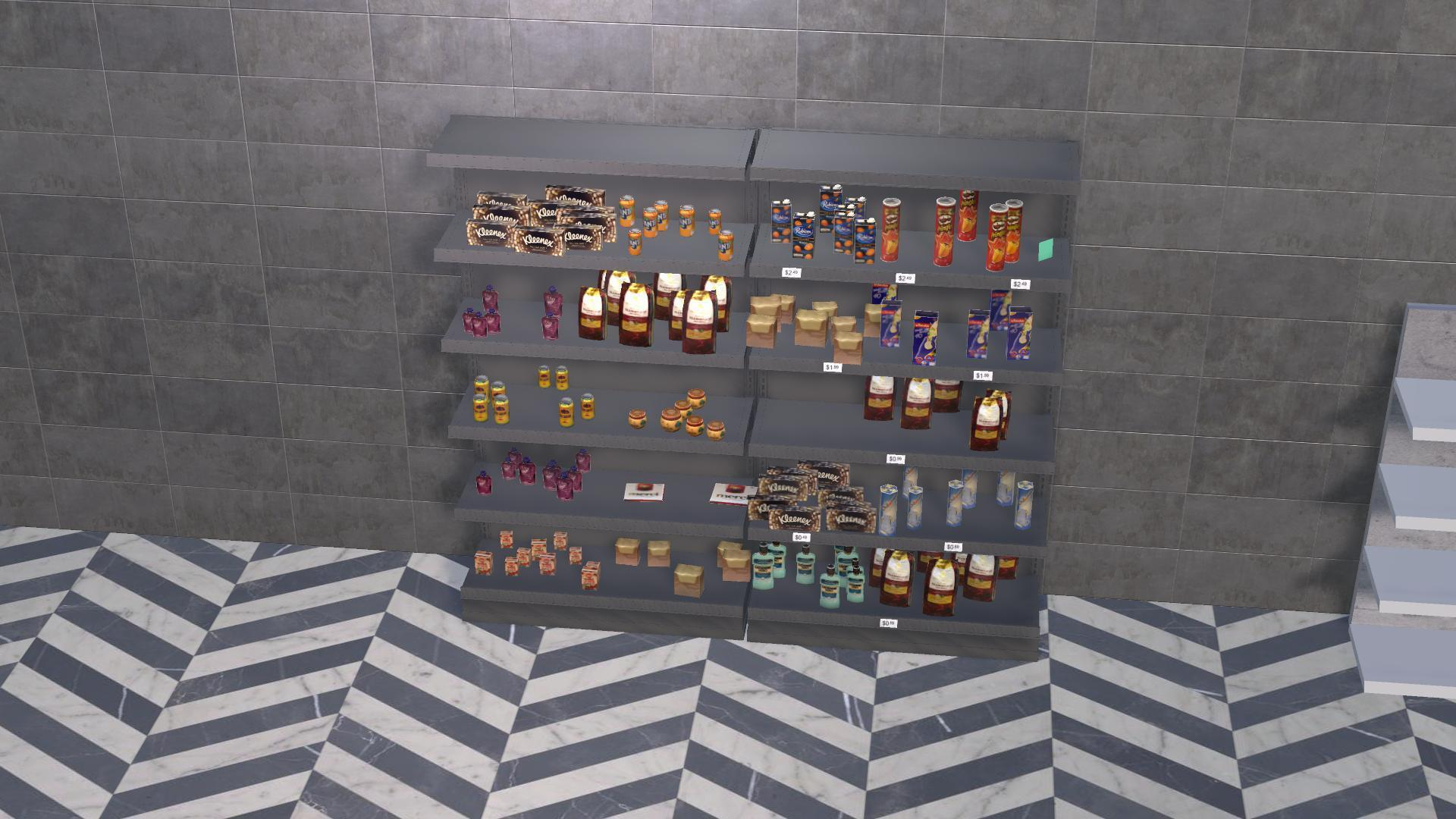

The program called can then read from the ABAP memory. The internal session of the called program then replaces that of the calling program. To pass data to a program which you are calling, the data needs to be placed in ABAP memory before the call is made. Data within this area remains intact during a whole sequence of program calls. ABAP’s memory is available to all internal sessions.ĪBAP programs can use the EXPORT and IMPORT statements to access it. The memory area of each session contains an area called ABAP memory. Instead, it becomes inactive, and its memory contents are placed on a stack. If the second program does return control to the calling program when it has finished running, the session of the called program is not deleted. The contents of the memory of the calling program are deleted. If the second program does not return control to the calling program when it has finished running, the called program replaces the calling program in the internal session.

If the active application program calls a further application program, the system opens another internal session. Only one internal session is ever active. When the program calls external routines (methods, subroutines or function modules) their main program and working data also loaded into the memory area of the internal session.

The internal session has a memory area that contains the ABAP program and its associated data. The first application program that you start in a session opens an internal session within the main session.
#MAKING CALLS FROM ITAB WINDOWS#
Each of these windows corresponds to a session on the application server with its own area of shared memory. In general each user can open up to six R/3 windows in a single SAPgui session. Internal session: – created by calling a transaction (with CALL TRANSACTION), a dialog module (with CALL DIALOG) or a report (with SUBMIT or RETURN). If control is then returned to the program which made the initial call, the same process operates in reverse.Įxternal session: – when the user logs on to R/3 system, the system creates a new terminal session called external session. The most frequent use of SPA/GPA parameters is to fill input fields on screensĪBAP’s memory is a memory area that all ABAP programs within the same internal session can access using the EXPORT and IMPORT statements. Other ABAP programs can then retrieve the set parameters using the GET PARAMETER statement. These parameters can be set either for a particular user or for a particular program using the SET PARAMETER statement. Application programs that use SAP memory must do so using SPA/GPA parameters (also known as SET/GET parameters). You can use SAP memory either to pass data from one program to another within a session, or to pass data from one session to another. SAP memory is a memory area to which all main sessions within a Sapgui have access.
#MAKING CALLS FROM ITAB HOW TO#
Read also How to Create Shared Memory Object Class in ABAP ABAP MEMORY AND SAP MEMORY

Source: Sample ABAP Program to EXPORT or IMPORT internal table TO or FROM ABAP Memory


 0 kommentar(er)
0 kommentar(er)
